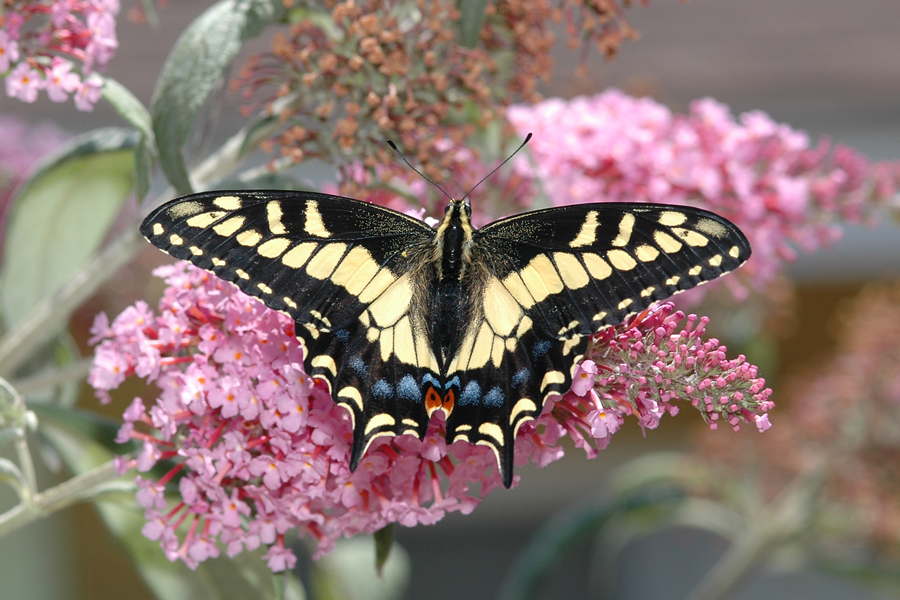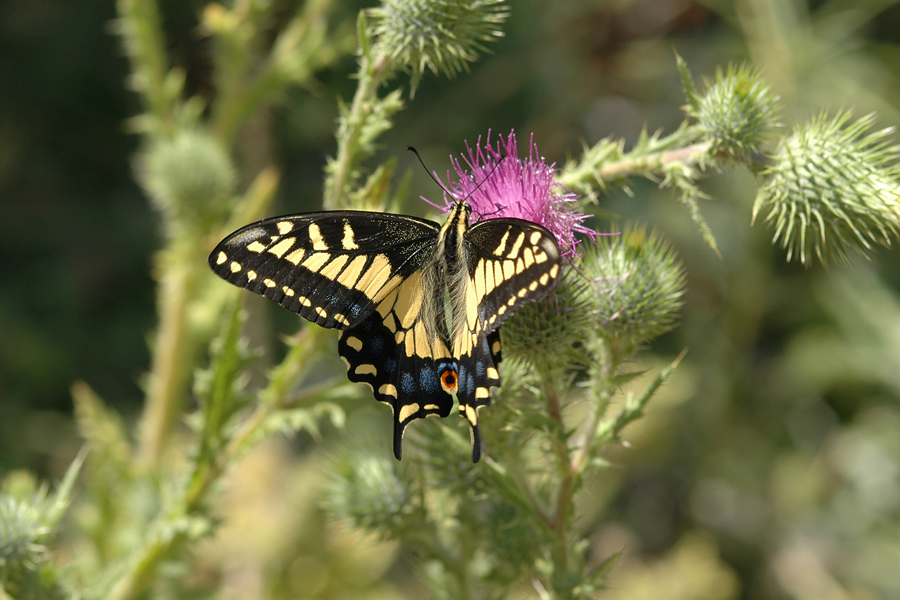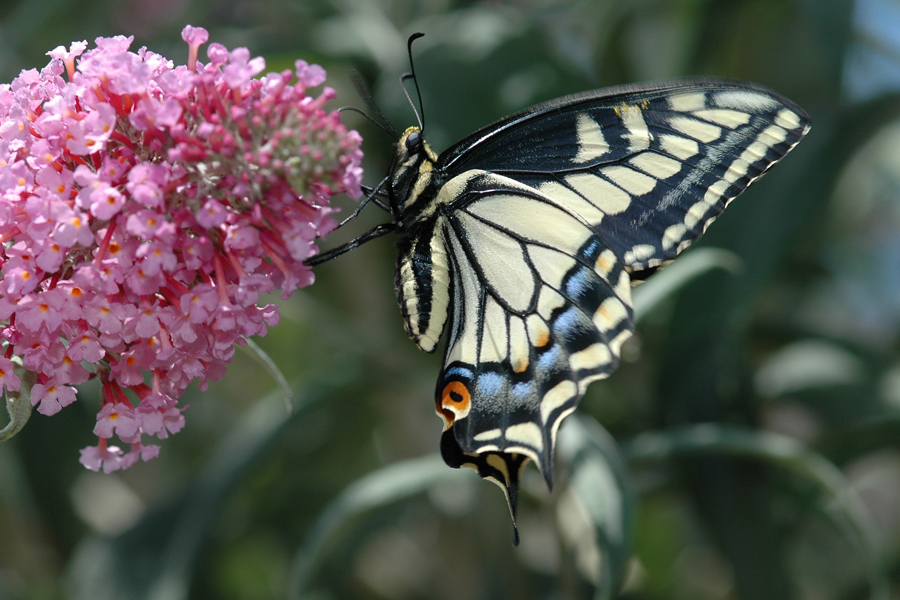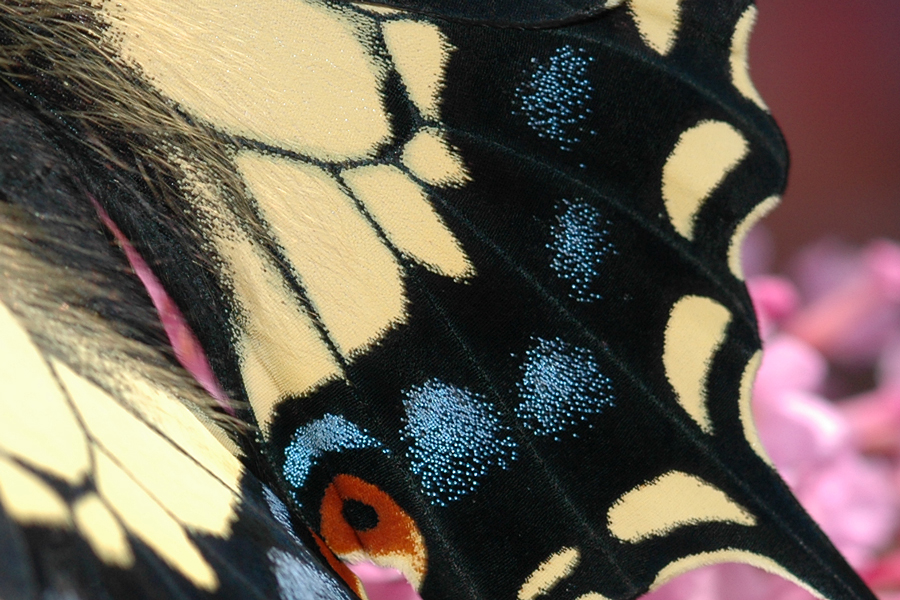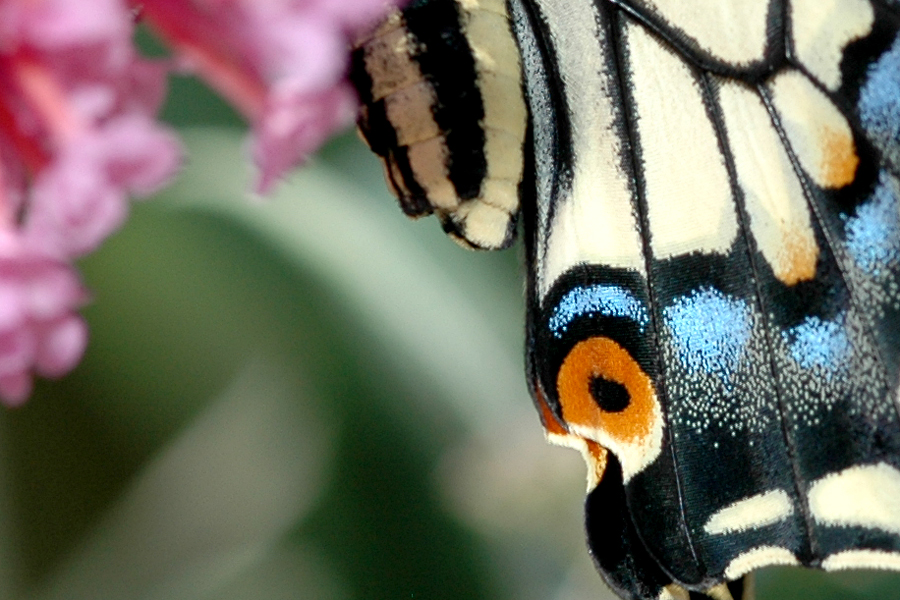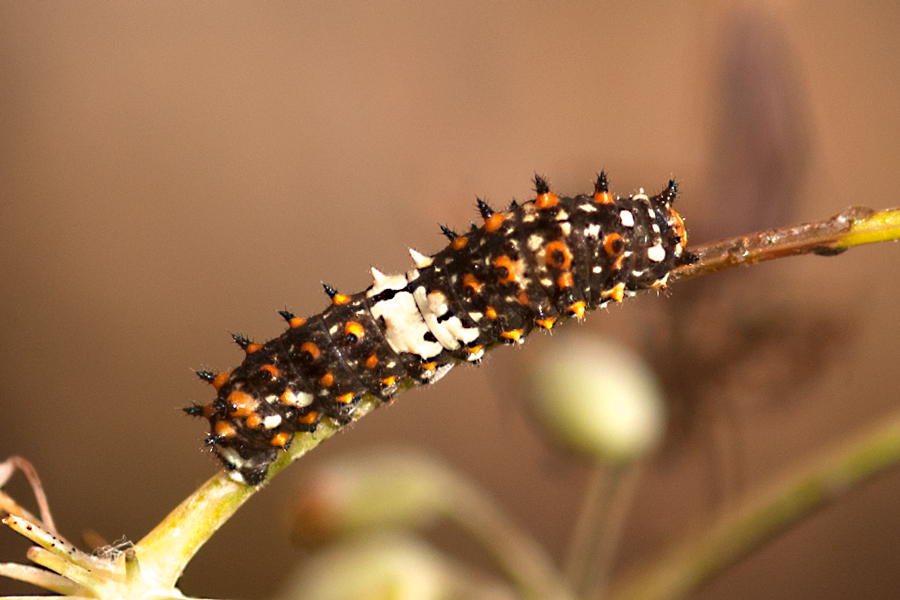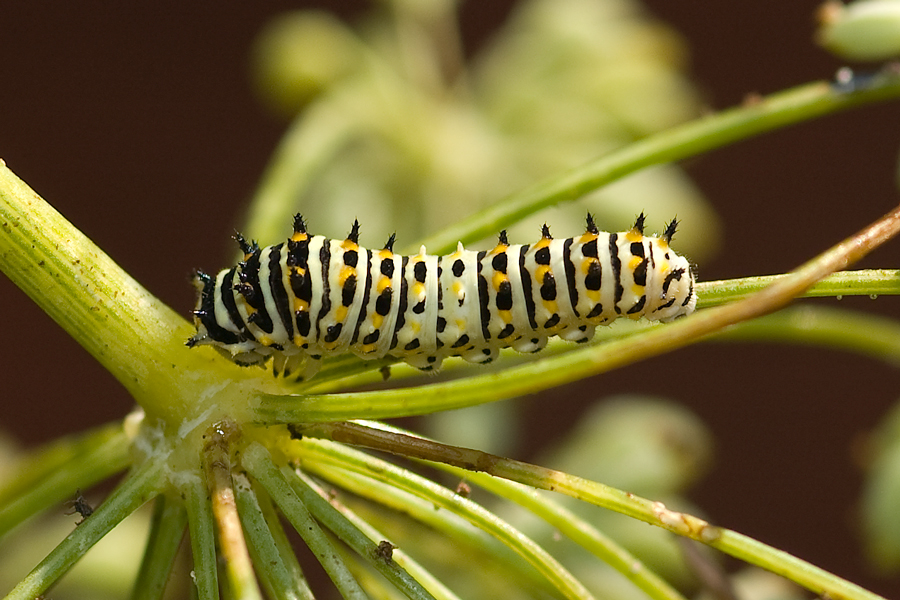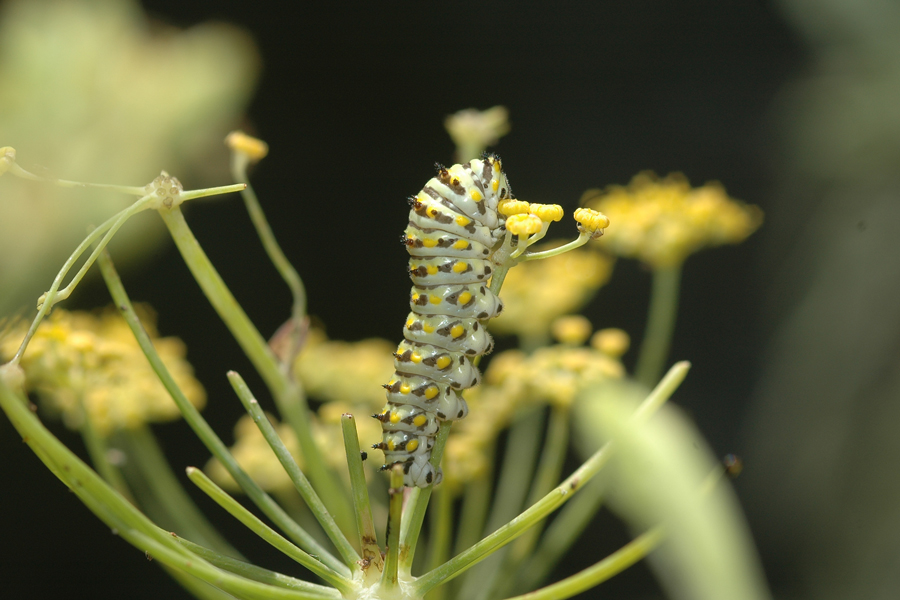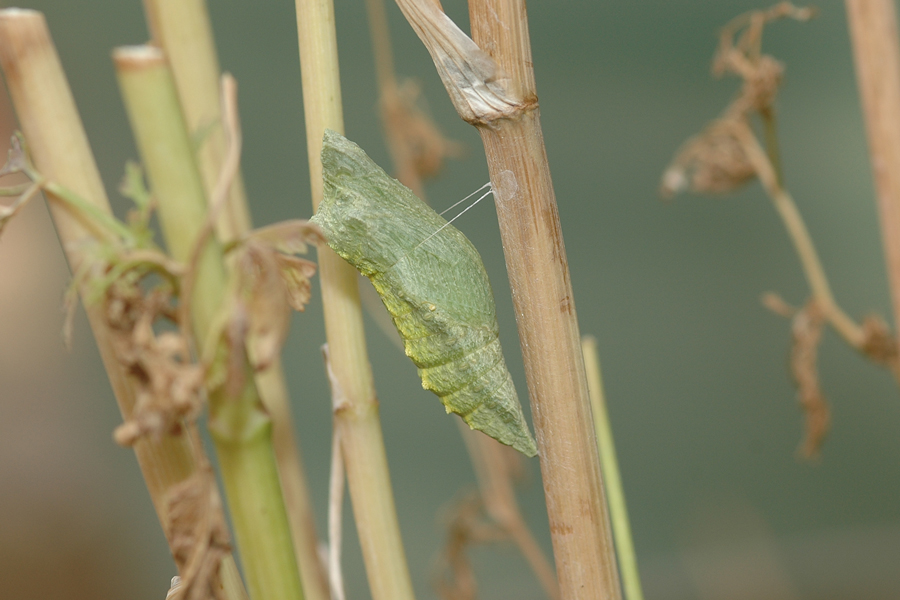Papilio zelicaon
Anise Swallowtail
As with P. rutulus and P. eurymedon, this is a swallowtail of the western United States. And like those two, it was collected in California by Pierre Lorquin during the gold rush and sent to Paris, where it was described by Boisduval, though Lucas has priority of authorship (see the pages for those butterflies for more on that). Unlike those two, it is closely related to P. machaon, P. polyxenes and P. indra in the genus Papilio. Rutulus, eurymedon, and multicaudata are in the genus Pterourus.
The anise swallowtail is sometimes seen in the suburbs, and I've been able to raise some on dill and fennel in the garden. It's a very cool little swallowtail, and not at all common in my own yard, so I get excited when I see it, which is definitely not every year. I don't know how much that has to do with the amount of carrot-family plants in the garden or in the area generally - I don't always grow them. It can also be found in the wild, and can be confused with the closely-related Papilio polyxenes coloro where they overlap. Knowing where you are is a good clue: coloro is more of a desert swallowtail than zelicaon, which prefers cooler climes. A good way to tell them apart is by looking at the underside of the hind wing: where the large pale area meets black, polyxenes has orange scaling, which is reduced in zelicaon. In the ventral photos above you can see a bit of orange scaling in two of the cells.
In the 1998 Systematics publication (p.78), Emmel, Emmel, and Mattoon resticted the type locality to San Francisco.
